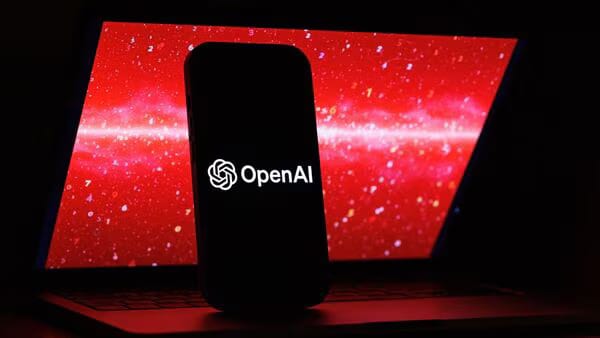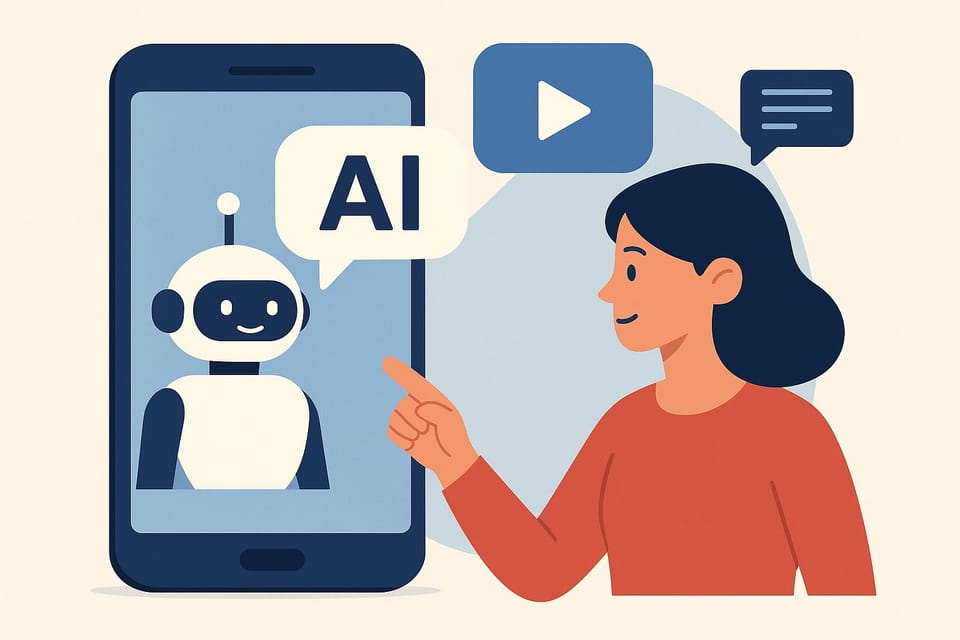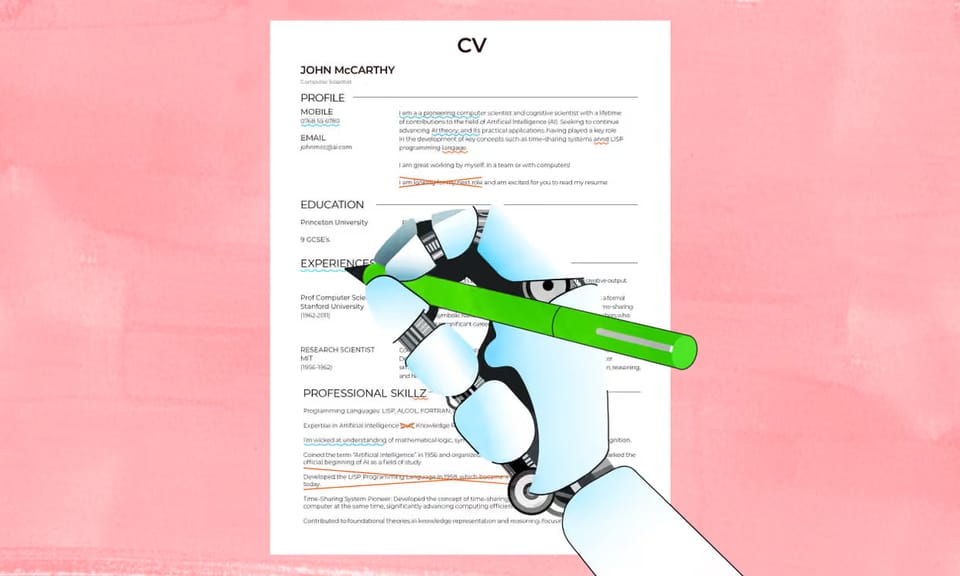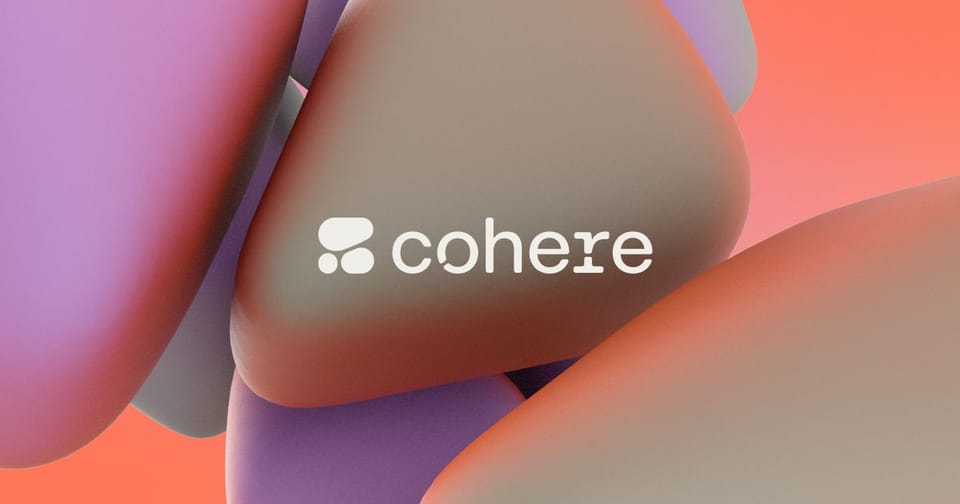Can Google’s Perch AI Actually Save Wildlife?
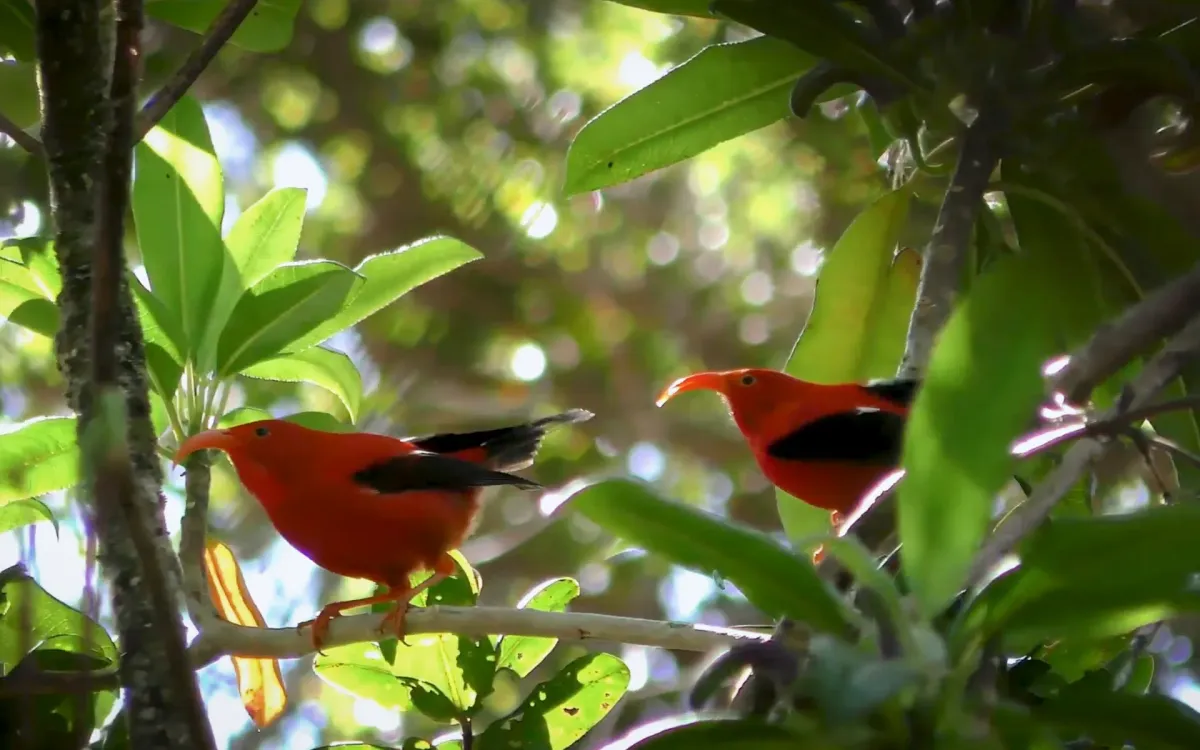

Google DeepMind just upgraded its Perch AI, a tool that listens to nature and tells us which animals are hanging out, how many there are, and whether they’re thriving or slowly packing their tiny suitcases to leave forever. Think Shazam, but instead of figuring out the song playing in Starbucks, it’s telling you, “Yep, that’s a rare honeycreeper, and by the way, it’s in trouble.”
At first, this sounds like one of those overly hyped tech things, like a fridge that connects to Wi-Fi so it can tell you you’re out of milk while you’re literally standing in front of it. But here’s why it’s actually a big deal: Perch AI can take months’ worth of animal recordings and sort them in minutes. Before this, scientists had to listen to endless hours of bird, frog, and whale noises manually. Imagine doing that without falling asleep or questioning every life choice that brought you to that point. Now, the AI handles it faster than you can scroll through TikTok “just for five minutes” and accidentally lose an hour of your life.
The mission here is simple: make wildlife monitoring faster, cheaper, and so easy even a small community group with a secondhand laptop could do it. Perch AI can handle rainforests, coral reefs, and noisy urban areas, and it can tell a frog croak from a car horn. That matters because nature doesn’t exactly send push notifications when it’s in trouble. By making the system open-source, DeepMind basically said, “Here you go, world, use this, save some animals, and please don’t train it to detect your neighbor’s bad karaoke nights.”
And no, this isn’t a straight-up tech company brawl like Apple vs. Samsung. But in the niche world of bioacoustics, Perch is flexing hard against tools like BirdNET, Arbimon, and Kaleidoscope. It’s essentially saying, “Look, I can hear better and work faster than you, and I’m free.”
Why should you care if you’re a CEO, founder, manager, or just an everyday person whose only contact with wildlife is the raccoon stealing your trash? Because this isn’t just for scientists in khaki vests, it’s for anyone who needs to keep ecosystems healthy. Businesses can use it to prove they’re not wrecking the environment, detect risks before they hit profits, or figure out where to spend those “look how green we are” budgets. Communities can use it to track local wildlife, catch invasive species early, or protect industries like tourism and fishing. Farmers could even use it to monitor the natural systems that keep crops alive.
Can this help my business or hometown avoid an environmental mess? Could it save me money in the long run? And who’s in charge of this data, because the last thing we need is AI telling everyone that the rarest sound in our area is your uncle’s lawnmower.
Perch AI is like giving conservationists and maybe all of us a superpower. It can listen to the planet nonstop, catch warning signs early, and possibly stop the next big environmental disaster before it even starts. Whether you care because you love animals, love money, or just don’t want to explain to your grandkids why penguins only exist in old YouTube videos, this is a tool worth paying attention to.
Google’s Perch AI can now hear endangered species faster than humans ever could. Does this make AI the hero of conservation, or are we relying too much on tech to fix problems we created?
- Matt Masinga
*Disclaimer: The content in this newsletter is for informational purposes only. We do not provide medical, legal, investment, or professional advice. While we do our best to ensure accuracy, some details may evolve over time or be based on third-party sources. Always do your own research and consult professionals before making decisions based on what you read here.

